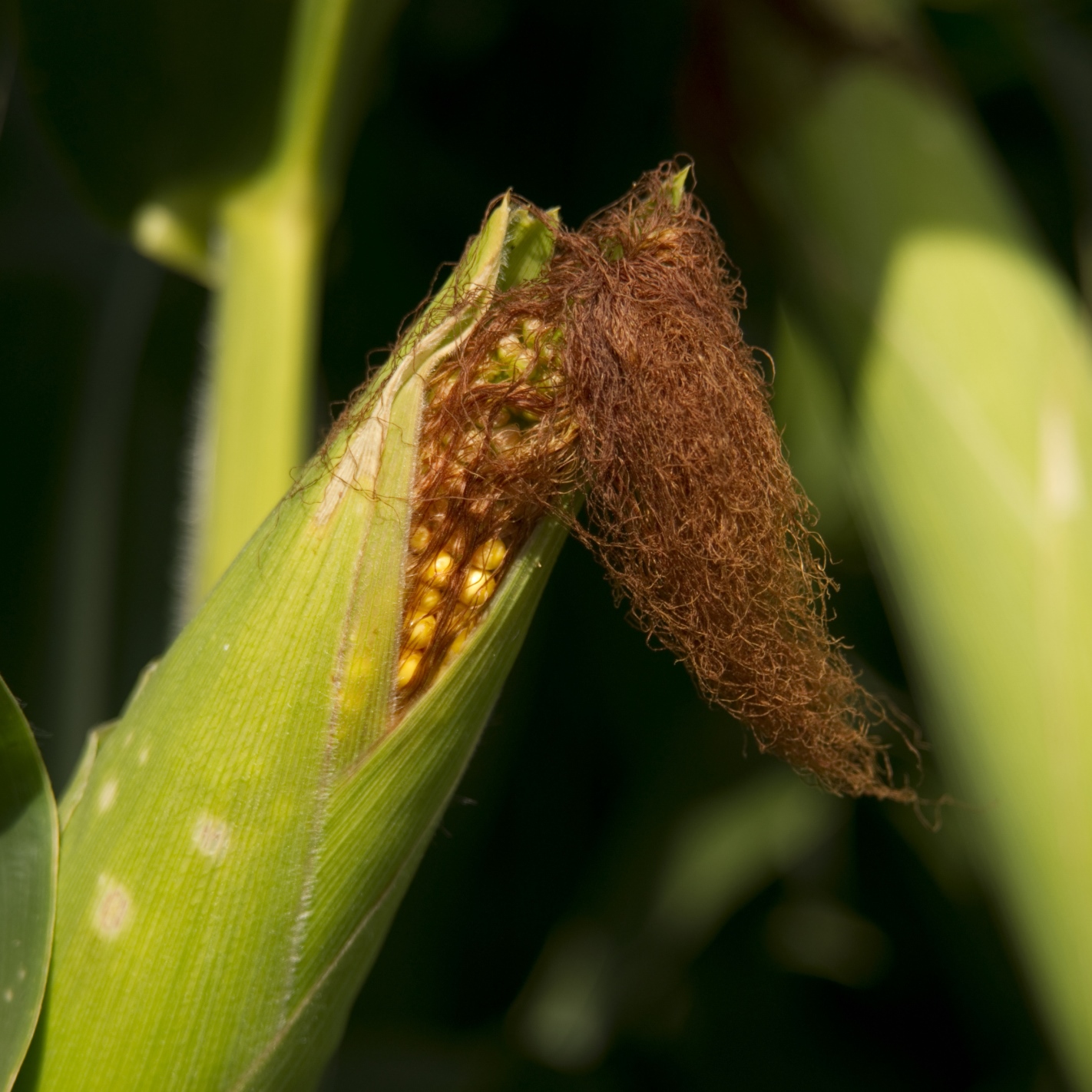Commodities & Metals
Agriculture: An Income Play Now, a Growth Play Later

Published:
Last Updated:

It has been a tough half decade in agriculture. Major exchange traded funds have tanked, with the PowerShares DB Agriculture ETF (NYSEMKT: DBA) down nearly 45% on 2011 highs, and industry behemoths such as Monsanto Co. (NYSE: MON) down across the board. A snapshot of analyst opinions suggests expectations of a continued slump, as fears of a reduction in demand from China and oversupply across the majority of soft commodities weigh on prices and sentiment. Among all the bearish sentiment, however, there may be an opportunity for a contrarian approach. That opportunity is rooted in disparity.
At current count, our global population is 7.4 billion people. Over the next 10 years, the United Nations expects this to rise to 8.2 billion. By 2050, forecasts come in at 9.72 billion, a 25% increase on today’s figure. At current rates of production, a report published by the Global Harvest Initiative suggests demand for agricultural commodities will easily outstrip supply. This disparity must be met, and it is in the hands of today’s incumbent agribusiness companies to take the lead. Those that succeed in contributing to a closing of the disparity will benefit greatly from a population rise, taking their shareholders along with them.
While analysts expect no real gains in commodity prices this year, many expect 2016 to be a bottom, so we could be at the very start of a global, long-term agriculture boom as companies rush to meet the demand that comes from exponential population growth. The long term is a decade out, but in the meantime, current low prices lead to some nice dividend yields for agriculture leaders.
These include both Caterpillar Inc. (NYSE: CAT) and Deere & Co. (NYSE: DE), which are near multiyear lows, and Caterpillar’s dividend yield particularly is now above 4.5%. Monsanto already has recovered nicely since late September and looks stabilized. Potash Corp. of Saskatchewan Inc. (NYSE: POT) sells a lot of fertilizer and offers a great yield at current prices of 9.4%. If dividends hold, that means long-term investors a decade out will have already made close to 100% returns, even if the stock price goes nowhere.
So while agriculture is weak at the moment, low prices lead to good income picks to help out with what may be a long wait. Long-term population trends are not declining, and prices eventually must rise. In the meantime, there are some really attractive value plays in the sector.
A financial advisor can help you understand the advantages and disadvantages of investment properties. Finding a qualified financial advisor doesn’t have to be hard. SmartAsset’s free tool matches you with up to three financial advisors who serve your area, and you can interview your advisor matches at no cost to decide which one is right for you. If you’re ready to find an advisor who can help you achieve your financial goals, get started now.
Investing in real estate can diversify your portfolio. But expanding your horizons may add additional costs. If you’re an investor looking to minimize expenses, consider checking out online brokerages. They often offer low investment fees, helping you maximize your profit.
Thank you for reading! Have some feedback for us?
Contact the 24/7 Wall St. editorial team.